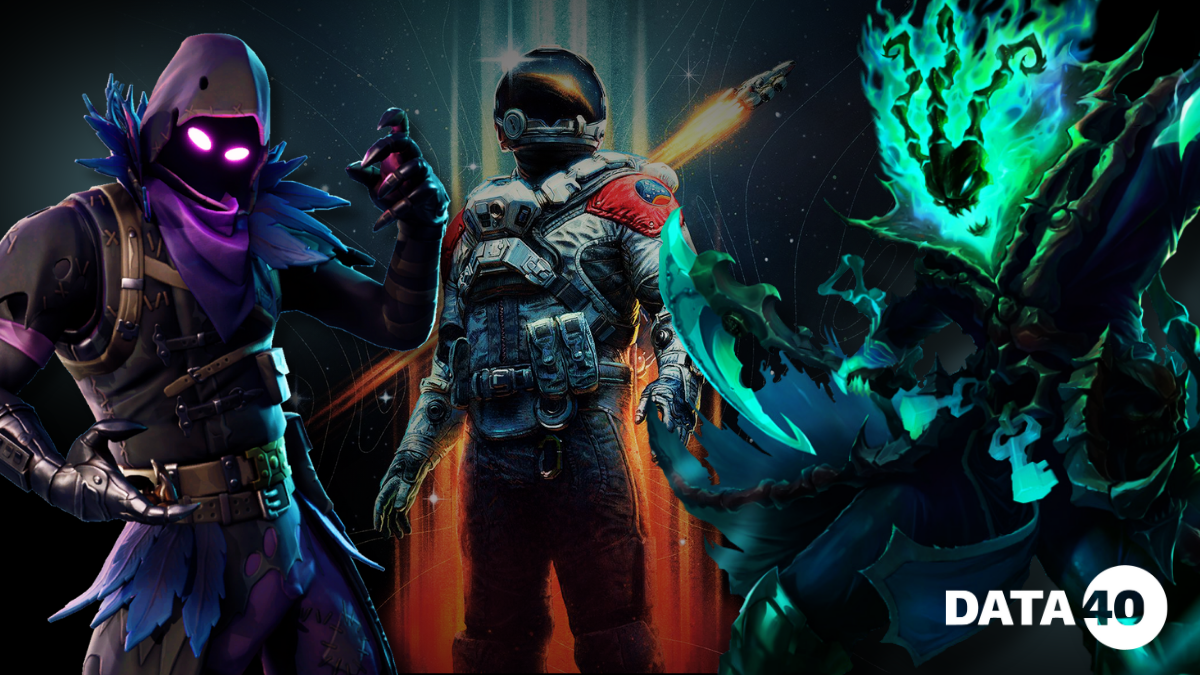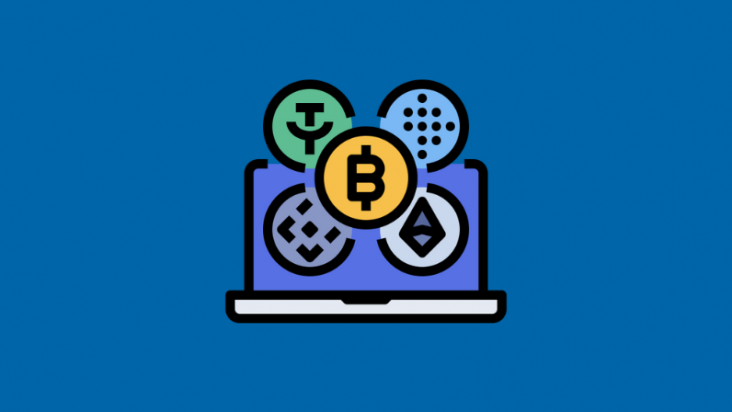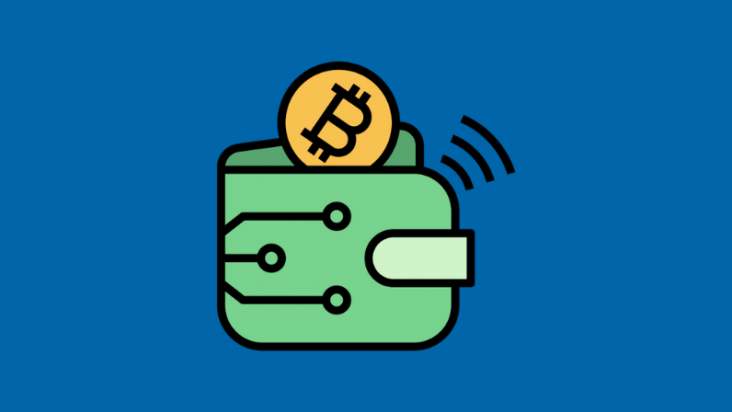

The modern gaming industry offers developers a wide range of monetization models, each designed to ensure player convenience and maximize revenue. The success of a game largely depends on choosing the right model that not only aligns with audience preferences but also seamlessly integrates into the structure of the project. Selecting the appropriate monetization strategy is a key step that determines not only profitability but also the long-term loyalty of users.
What models are most popular today and attract the greatest attention? In this article, we will explore the most successful monetization approaches, their impact on game development, and the nuances developers should consider.
Free-to-play
F2P is one of the most popular monetization models in the gaming industry. It provides users with access to the game and its core gameplay for free. Players pay for additional content such as in-game items, skins, or access to new levels, which becomes the primary revenue source for developers. This model’s popularity stems from its appeal to both players and studios. For users, F2P operates on the “free cheese” principle: they can enjoy the game without any investment and decide for themselves whether to purchase anything extra.
For developers, this model opens new opportunities:
- It allows for targeted sales of content to different categories of players, ranging from those unwilling to spend money to active spenders.
- Additional content, including skins, extra scenes, and locations, significantly boosts monetization in F2P games.
- F2P lowers the barrier to entry, significantly expanding the game’s audience.
Games like Fortnite, Genshin Impact, and League of Legends showcase the success of this model. For instance, Fortnite consistently ranks among the leaders in Twitch viewership and other platforms, garnering over 78 million hours watched in November alone (according to Streamscharts). Genshin Impact and League of Legends also demonstrate strong results due to their effective implementation of F2P and player retention strategies.
Pay-to-play
P2P is a simple and straightforward monetization model where players make a one-time payment for access to the game and receive the full experience without the need for further investment. This approach remains relevant and in demand, especially among players who value high-quality content and a complete gaming experience. Modern examples of successful games using the P2P model include Hogwarts Legacy, Elden Ring, and Starfield. These games demonstrate that a one-time purchase is often associated with high-quality production, well-developed storylines, and extended playtime.
For developers, this model provides an opportunity to gauge audience interest even before the release, securing a significant portion of revenue during pre-orders. Games with the P2P model typically attract a more loyal and trusting audience, as players expect a high standard of graphics, captivating storytelling, and engaging gameplay. This motivates developers to focus on creating truly high-quality products.
It is important to know that this model has its downsides. The main one is the lack of a long-term revenue stream if the game fails to gain popularity or attract new buyers over time. Additionally, creating sequels requires significant resources, time, and effort from the development team. If the project fails or garners insufficient interest, developers risk losing their investments.
Subscription models
Which have long been successful in the film and music industries, yield different results in gaming. This model offers players the option to pay a monthly or yearly fixed amount for access to an extensive catalog of games. It’s a convenient solution for those who value variety and want to try new titles without purchasing each one individually. This model isn’t for everyone—its adoption often depends on the user’s budget, preferences, and gaming experience.
Examples of successful subscription-based services include Xbox Game Pass, PlayStation Plus, and EA Play. For instance, Xbox Game Pass attracted over 25 million subscribers in 2023, offering access to more than 400 games. This demonstrates the appeal of this model to a specific audience. Meanwhile, PlayStation Plus also continues to grow steadily, regularly adding exclusive projects to retain subscribers. The main advantage of the subscription model lies in its accessibility and variety. Players enjoy a wide selection of games for a fixed fee, while developers and publishers are motivated to create quality content to maintain customer interest.
The model also has its limitations, which some players find difficult to accept. Many avid gamers prefer full ownership of games without the risk of losing access if the platform shuts down or removes their favorite title from the catalog. Despite these challenges, the subscription model continues to gain popularity, attracting a loyal audience in the gaming world.
Microtransactions
The most popular and profitable monetization models in the gaming industry. Developers generate revenue by selling in-game items such as skins, currency, upgrades, unique characters, and more. This method is widely used, especially in mobile games and multiplayer projects.
Examples of games that have successfully implemented microtransactions include FIFA and PUBG Mobile. In FIFA, microtransactions are primarily realized through the Ultimate Team mode, where players purchase card packs to improve their teams. This has become a key revenue source for EA, generating billions of dollars annually. PUBG Mobile also heavily relies on microtransactions, offering players exclusive skins, weapons, and in-game currency. This model has made the game one of the most profitable mobile games, earning over $9 billion in just a few years.
The main advantage of microtransactions for developers is a steady revenue stream with minimal investment and risk. Players, on the other hand, can diversify their gaming experience by purchasing items at their discretion or enjoying the game without them. Meanwhile, this model has its pitfalls. Developers must maintain a balance to prevent microtransactions from turning the game into a pay-to-win model, where success depends solely on money spent. Crossing this line can lead to player dissatisfaction and a loss of trust in the project.
Final Conclusion
Each monetization model has its unique features, and the choice depends directly on two key factors: the game’s format and the target player profile. The key is to consider these aspects while maintaining a balance between creating a comfortable gaming experience and achieving financial goals. In today’s landscape, successful monetization is not just a way to earn revenue but a tool for building long-term relationships.








